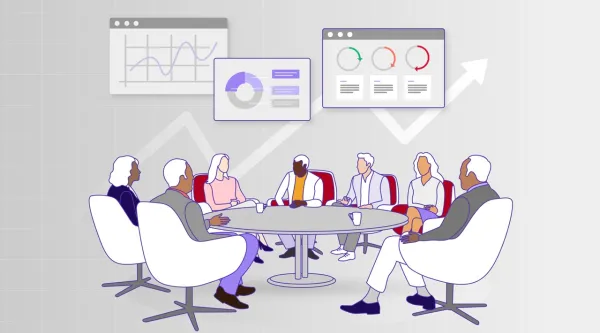
2025 CGI Voice of Our Clients
The CGI Voice of Our Clients shares findings from our in-depth interviews with business and IT executives across the industries and geographies we serve.
Learn more 2025 CGI Voice of Our Clients
